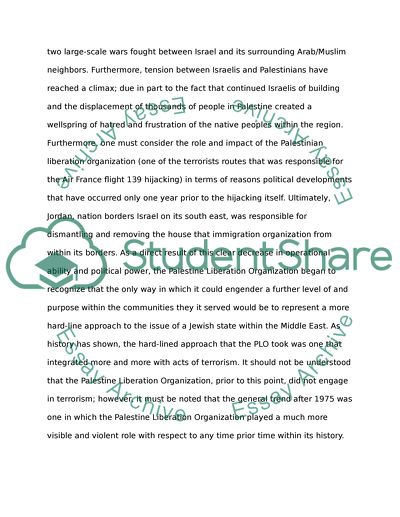Cite this document
(“Hijack of Air France Flight 139-Operation Entebbe Term Paper”, n.d.)
Hijack of Air France Flight 139-Operation Entebbe Term Paper. Retrieved from https://studentshare.org/law/1646978-hijack-of-air-france-flight-139-operation-entebbe
Hijack of Air France Flight 139-Operation Entebbe Term Paper. Retrieved from https://studentshare.org/law/1646978-hijack-of-air-france-flight-139-operation-entebbe
(Hijack of Air France Flight 139-Operation Entebbe Term Paper)
Hijack of Air France Flight 139-Operation Entebbe Term Paper. https://studentshare.org/law/1646978-hijack-of-air-france-flight-139-operation-entebbe.
Hijack of Air France Flight 139-Operation Entebbe Term Paper. https://studentshare.org/law/1646978-hijack-of-air-france-flight-139-operation-entebbe.
“Hijack of Air France Flight 139-Operation Entebbe Term Paper”, n.d. https://studentshare.org/law/1646978-hijack-of-air-france-flight-139-operation-entebbe.


